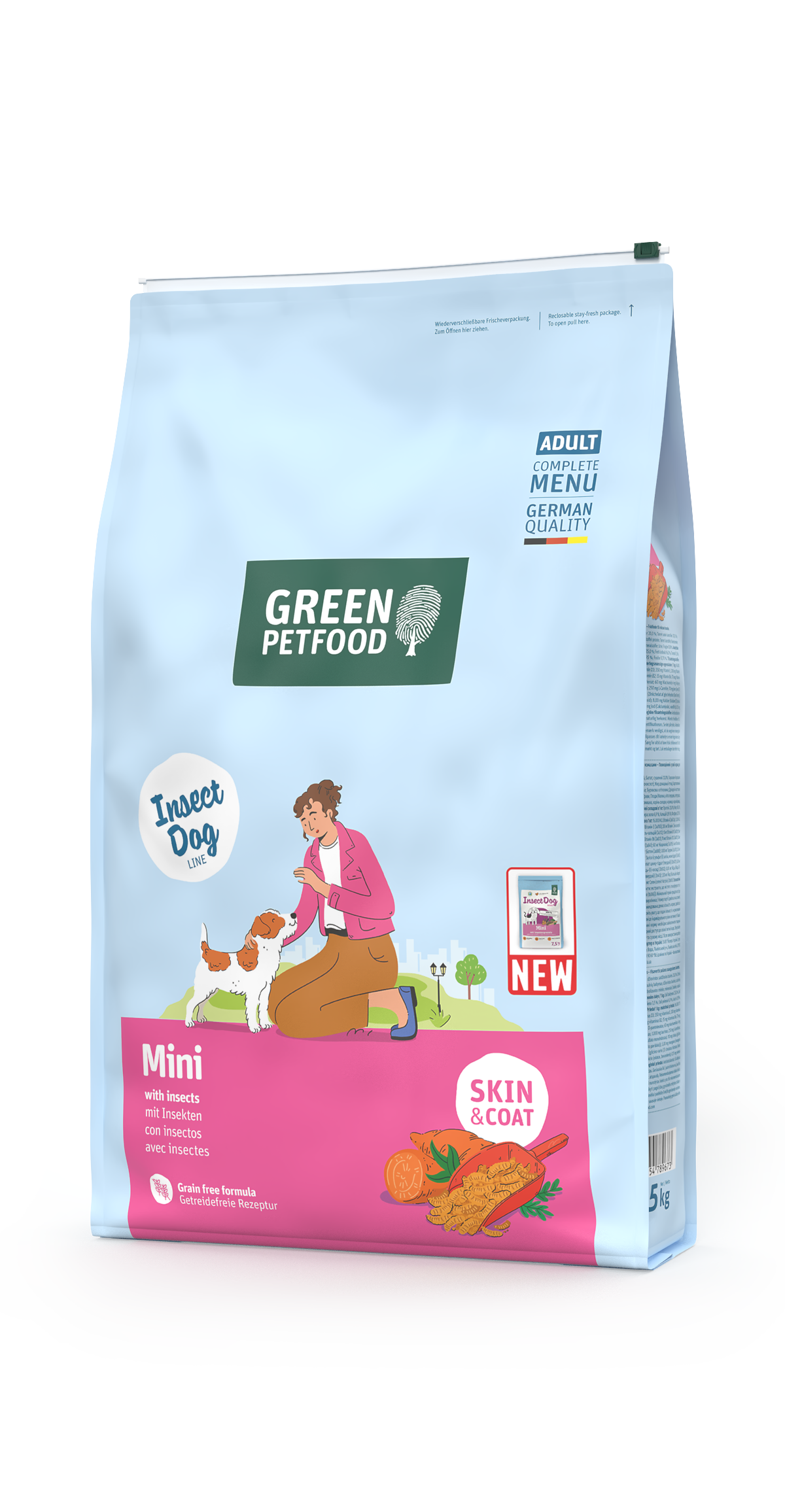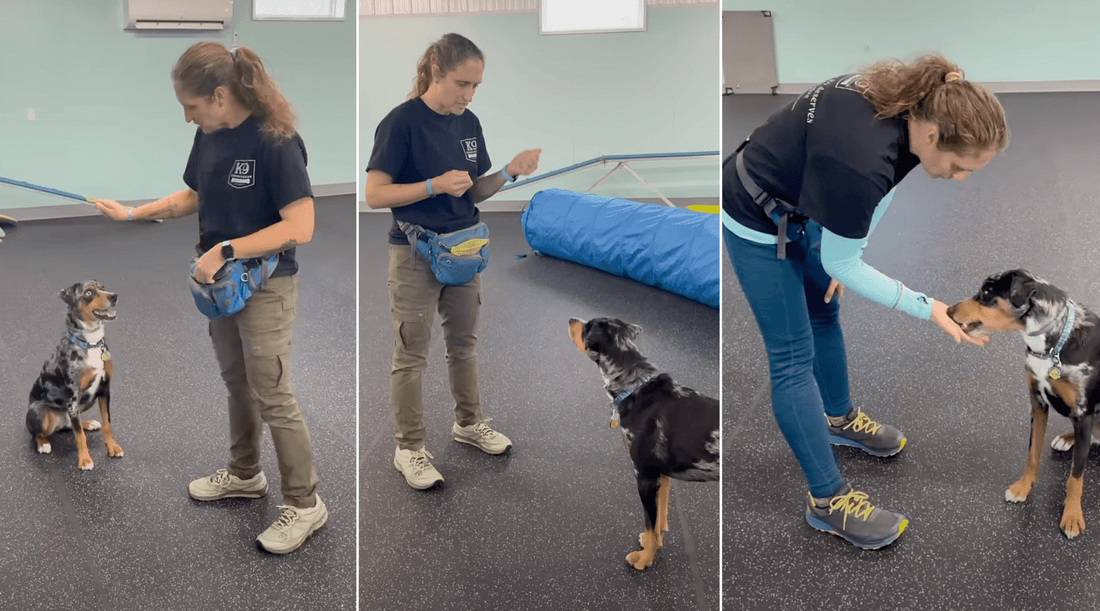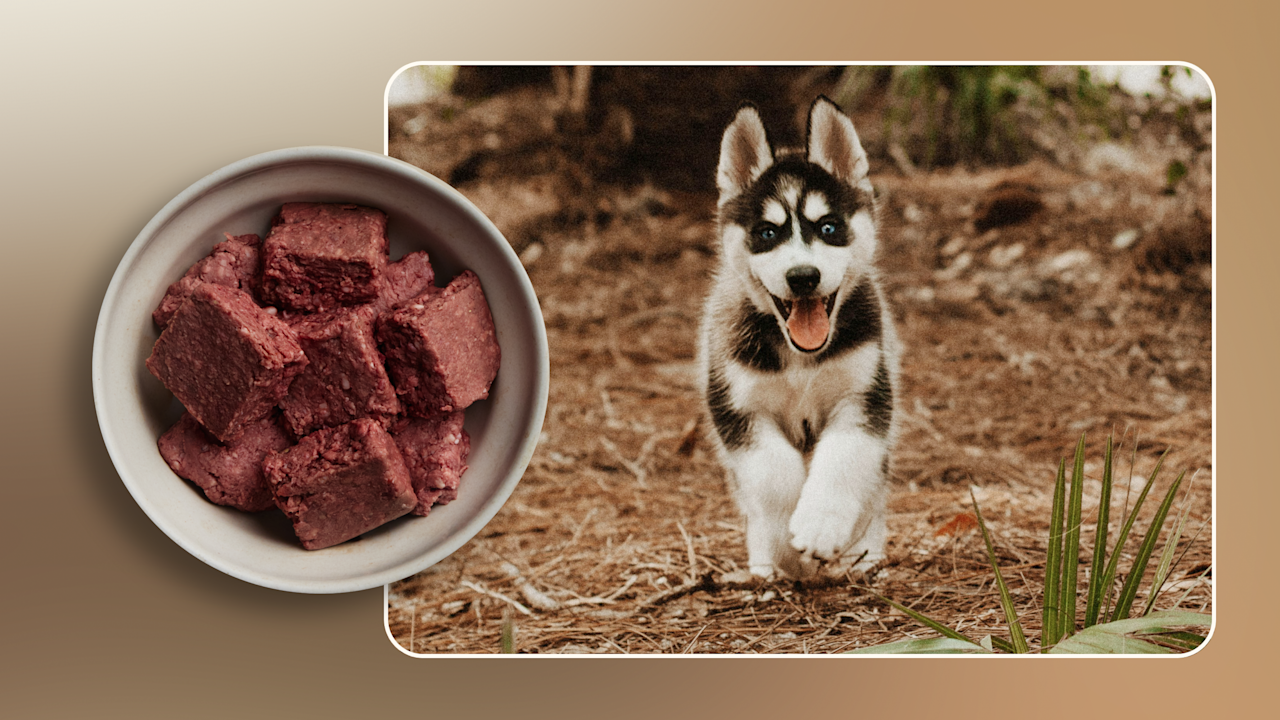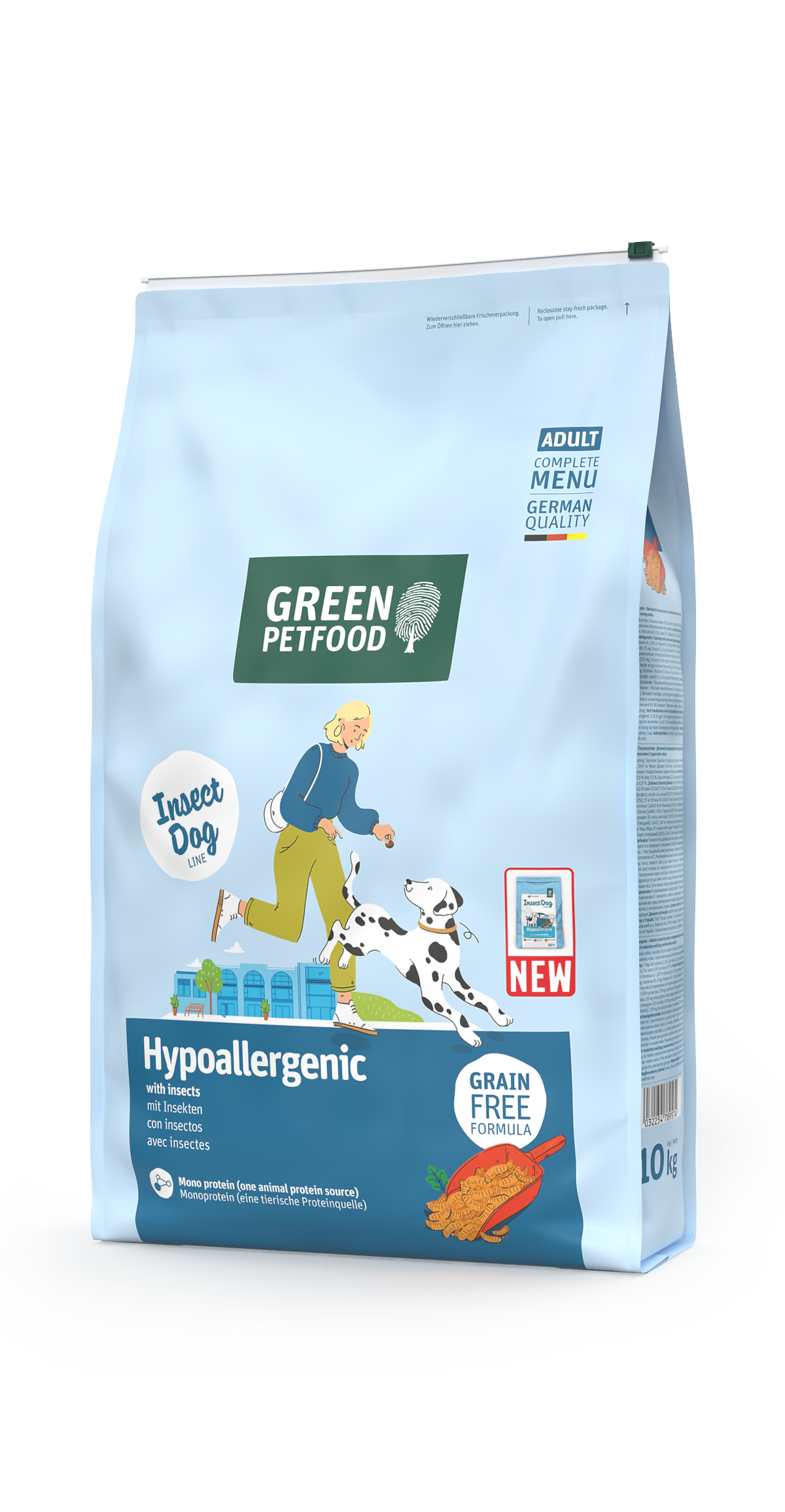If your dog suffers from itching, upset stomach, or constant scratching, you might be wondering if hypoallergenic dog food could be the solution. You want to help your furry friend feel better, but does this special diet really work?
Understanding how hypoallergenic dog food affects your pet’s health can save you time, money, and worry. You’ll discover what hypoallergenic dog food is, how it works, and whether it’s the right choice for your dog’s needs. Keep reading to find out how to give your dog the relief they deserve.

Credit: caninebio.co.ke
Hypoallergenic Dog Food Basics
Hypoallergenic dog food helps dogs with food allergies or sensitivities. It contains ingredients that reduce allergic reactions.
This type of food can improve your dog’s digestion and skin health. It is often recommended by veterinarians.
What Makes Dog Food Hypoallergenic
Hypoallergenic dog food avoids common allergens that cause reactions. It uses limited or novel ingredients to reduce risks.
These foods often have hydrolyzed proteins. Hydrolyzed proteins are broken into small pieces that the immune system ignores.
Common Allergens In Dog Food
Some ingredients in dog food cause allergies often. Knowing these helps choose better food for sensitive dogs.
- Beef
- Chicken
- Dairy products
- Eggs
- Wheat and gluten
- Soy
- Fish
Types Of Hypoallergenic Dog Food
Hypoallergenic dog food comes in different forms. Each type targets allergies in a specific way.
- Limited Ingredient Diets:Few ingredients to lower allergy chances.
- Novel Protein Diets:Use rare proteins like duck or venison.
- Hydrolyzed Protein Diets:Proteins broken down for easier digestion.
- Grain-Free Diets:Remove grains that may cause reactions.

Credit: www.becopets.com
Signs Of Food Allergies In Dogs
Food allergies in dogs can cause many health problems. Knowing the signs helps you find the right food.
Dogs with food allergies often show changes in their skin, digestion, and behavior. Watch closely for these signs.
Skin Irritations And Itching
Skin problems are common in dogs with food allergies. They may scratch or lick their skin a lot.
Look for red patches, rashes, or hair loss. These signs show the skin is irritated.
- Constant scratching or licking
- Red or inflamed skin
- Hot spots or scabs
- Hair thinning or bald spots
Digestive Issues
Food allergies often cause stomach problems. Dogs may vomit or have diarrhea after eating.
Other signs include gas, bloating, or bad-smelling stools. These problems hurt your dog’s comfort.
- Vomiting after meals
- Frequent diarrhea
- Excessive gas or bloating
- Changes in appetite
Behavioral Changes
Dogs with food allergies may act different. They can seem tired or irritable.
Some dogs become restless or hide more. These changes happen because they feel unwell.
- Increased restlessness or pacing
- Less interest in play or walks
- Hiding or avoiding people
- More whining or barking
How Hypoallergenic Dog Food Helps
Hypoallergenic dog food is made for dogs with food allergies or sensitivities. It uses special ingredients that are less likely to cause reactions.
This type of food can improve your dog’s health by reducing symptoms caused by allergens. It helps with skin problems, digestion, and overall comfort.
Reducing Allergic Reactions
Hypoallergenic dog food avoids common allergens like beef, chicken, or wheat. It uses novel proteins and limited ingredients to prevent reactions.
By removing triggers, this food lowers itching, redness, and swelling. It helps dogs feel better and reduces allergy flare-ups.
- Uses rare proteins like duck or venison
- Free from common grains and additives
- Limits ingredient variety to reduce triggers
Improving Skin And Coat Health
Hypoallergenic diets often include fatty acids like omega-3 and omega-6. These nutrients support healthy skin and a shiny coat.
Better skin means less dryness, flaking, and irritation. Dogs look and feel healthier with improved fur condition.
- Includes fish oils or flaxseed for fatty acids
- Reduces skin inflammation and itchiness
- Supports natural oil production in skin
Enhancing Digestive Comfort
Hypoallergenic dog food uses easy-to-digest ingredients. This helps reduce stomach upset, gas, and diarrhea in sensitive dogs.
Balanced fiber and gentle proteins promote healthy digestion. Dogs absorb nutrients better and feel more comfortable after eating.
- Contains novel or hydrolyzed proteins
- Includes prebiotics and fiber for digestion
- Free of artificial colors and preservatives
Scientific Evidence And Studies
Many dog owners wonder if hypoallergenic dog food really helps pets with allergies. Scientists have studied this question to find clear answers. Understanding these studies can help owners make smart choices.
This article looks at clinical trials, veterinarian opinions, and the success rates of hypoallergenic diets. It explains what science says about how well these foods work.
Clinical Trials On Hypoallergenic Diets
Clinical trials test hypoallergenic dog food on dogs with allergies. These trials check if symptoms like itching and skin irritation get better. Many trials use special diets with limited ingredients or hydrolyzed proteins.
Studies show that about 60% to 80% of dogs improve after using hypoallergenic diets. These diets reduce the chance of allergic reactions by using proteins broken into tiny pieces or rare ingredients.
- Hydrolyzed protein diets lower immune responses.
- Limited ingredient diets avoid common allergens.
- Trials last several weeks to confirm improvement.
Veterinarian Insights
Veterinarians often recommend hypoallergenic diets for dogs with skin and food allergies. They see many cases where symptoms improve after changing the diet. They also stress the importance of proper diagnosis before starting these diets.
Vets note that hypoallergenic food is not a cure-all. They use it as part of a larger treatment plan. They watch dogs closely and adjust the diet if needed.
- Vets perform tests to find the allergy cause.
- They suggest diet trials lasting 8 to 12 weeks.
- Diet success depends on strict food control at home.
Success Rates And Limitations
Success rates for hypoallergenic dog food vary. Many dogs show clear improvement in symptoms. Some do not respond well because their allergies come from other causes.
Limitations include cost, availability, and the need for strict feeding rules. Some dogs may have allergies to multiple foods, making it hard to find a suitable diet.
- Success rate: 60% to 80% in studies.
- Strict feeding rules must be followed.
- Not all allergy symptoms respond to diet changes.
- Some dogs need additional treatments beyond diet.
Choosing The Right Hypoallergenic Food
Hypoallergenic dog food can help dogs with food allergies or sensitivities. Choosing the right one is important for your dog’s health.
Not all hypoallergenic foods work the same. Look for options that suit your dog’s needs and avoid triggers.
Ingredients To Look For
Choose dog foods with limited and simple ingredients. This reduces the chance of allergic reactions.
Novel proteins and carbohydrates are good choices. These are less likely to cause allergies.
- Duck, venison, or rabbit as protein sources
- Sweet potatoes or peas as carbohydrate sources
- Omega-3 fatty acids for skin health
- No artificial colors or flavors
Avoiding Common Triggers
Many dogs are allergic to common ingredients like beef, chicken, or dairy. Avoid these if your dog shows signs of allergies.
Grains like wheat or corn can also cause problems for some dogs. Look for grain-free options if needed.
- Beef and chicken
- Dairy products
- Wheat, corn, and soy
- Eggs and fish
Consulting With A Vet
Your vet can help identify your dog’s allergies. They may suggest tests or elimination diets.
Work with your vet to find the best hypoallergenic food. They can guide you in making safe choices.

Credit: www.green-petfood.com
Potential Drawbacks And Considerations
Hypoallergenic dog food can help some dogs with allergies. It may not work for every dog.
It is important to think about possible downsides before choosing this food. Some factors affect its success.
Cost Factors
Hypoallergenic dog food often costs more than regular dog food. This is because it uses special ingredients.
Higher prices may be hard for some pet owners to afford long term. You should check prices before buying.
- Special ingredients raise production costs
- Smaller brands may charge more
- Prescription diets can be expensive
- Long-term use increases total cost
Nutritional Balance
Some hypoallergenic foods limit certain ingredients. This can affect the nutrition your dog gets.
Make sure the food meets all your dog’s needs. Talk to a vet to avoid nutrient gaps.
- Limited ingredients may reduce vitamins and minerals
- Balanced protein and fat levels are important
- Check for added supplements if needed
- Consult a vet for proper diet advice
Transitioning Your Dog’s Diet
Switching to hypoallergenic food should be done slowly. Sudden changes can upset your dog’s stomach.
Mix new food with old food over several days. Watch for any signs of discomfort or allergies.
- Start with 25% new food and 75% old food
- Gradually increase new food amount daily
- Complete switch usually takes 7-10 days
- Observe your dog’s reaction carefully
Real-life Experiences
Many dog owners try hypoallergenic dog food to help their pets with allergies. This food often contains limited ingredients to avoid common allergens.
People want to know if these special diets really help their dogs feel better and stay healthy.
Owner Testimonials
Some owners say their dogs showed quick improvement after switching to hypoallergenic food. They noticed less itching and better digestion.
Others share that it took a few weeks before they saw clear signs of improvement. Patience is important during the transition.
- “My dog stopped scratching within two weeks.”
- “It took a month, but my dog’s skin cleared up.”
- “The food helped with stomach upset and gas.”
Before And After Results
Many owners compare photos and notes before and after the diet change. These show changes in coat condition and energy levels.
Some dogs had red, irritated skin before. After switching, their fur became shinier and their skin looked healthier.
| Condition | Before | After |
|---|---|---|
| Itching | Frequent and severe | Rare and mild |
| Skin redness | Visible and widespread | Reduced or gone |
| Energy | Low and tired | Active and playful |
Tips For Success
Switching to hypoallergenic food needs care. Change your dog’s diet slowly to avoid upset stomachs.
Watch your dog closely for any signs of allergy or discomfort. Keep notes to track progress.
- Mix new food with old food over 7-10 days
- Feed the same brand and formula consistently
- Consult your vet if symptoms do not improve
- Avoid giving treats that may cause allergies
Frequently Asked Questions
What Is Hypoallergenic Dog Food?
Hypoallergenic dog food is designed to minimize allergic reactions. It contains limited ingredients and avoids common allergens. These foods use novel proteins and carbohydrates. They aim to reduce symptoms like itching or digestive issues. Hypoallergenic options can be beneficial for dogs with known food sensitivities.
How Does Hypoallergenic Dog Food Work?
Hypoallergenic dog food works by eliminating common allergens. It uses unique protein and carbohydrate sources. This helps reduce the chances of allergic reactions. By limiting ingredients, it minimizes potential triggers. This can result in improved skin, coat, and digestion. Always consult a vet for personalized advice.
Can Hypoallergenic Dog Food Help Skin Allergies?
Yes, hypoallergenic dog food can help with skin allergies. It avoids ingredients that commonly cause allergic reactions. By reducing allergens, it can improve skin health and coat condition. This can lead to less itching and irritation. It’s important to choose the right formula for your dog’s specific needs.
Are All Hypoallergenic Dog Foods Grain-free?
Not all hypoallergenic dog foods are grain-free. Some may include grains that are less likely to cause allergies. The focus is on avoiding common allergens specific to your dog’s sensitivities. It’s essential to read labels carefully and consult with a vet.
They can guide you in choosing the appropriate diet.
Conclusion
Hypoallergenic dog food can help dogs with allergies feel better. It often reduces itching and digestive problems. Not every dog reacts the same way, so results may vary. Always watch your dog’s health and talk to your vet. Choosing the right food takes patience and care.
Your dog’s comfort and health come first. Trying hypoallergenic food might be worth it for your pet’s happiness.







